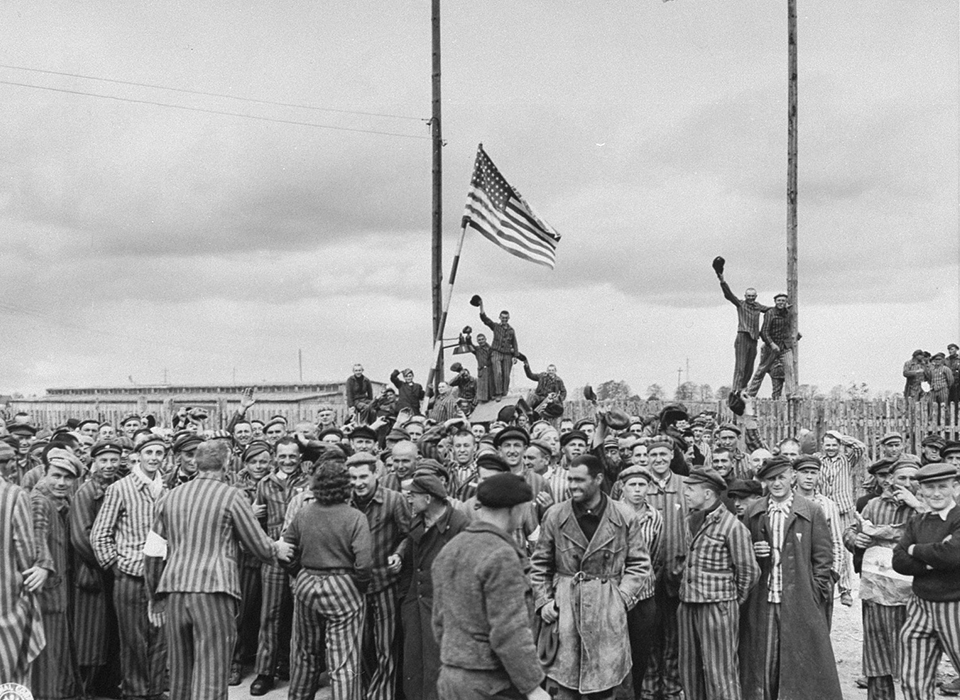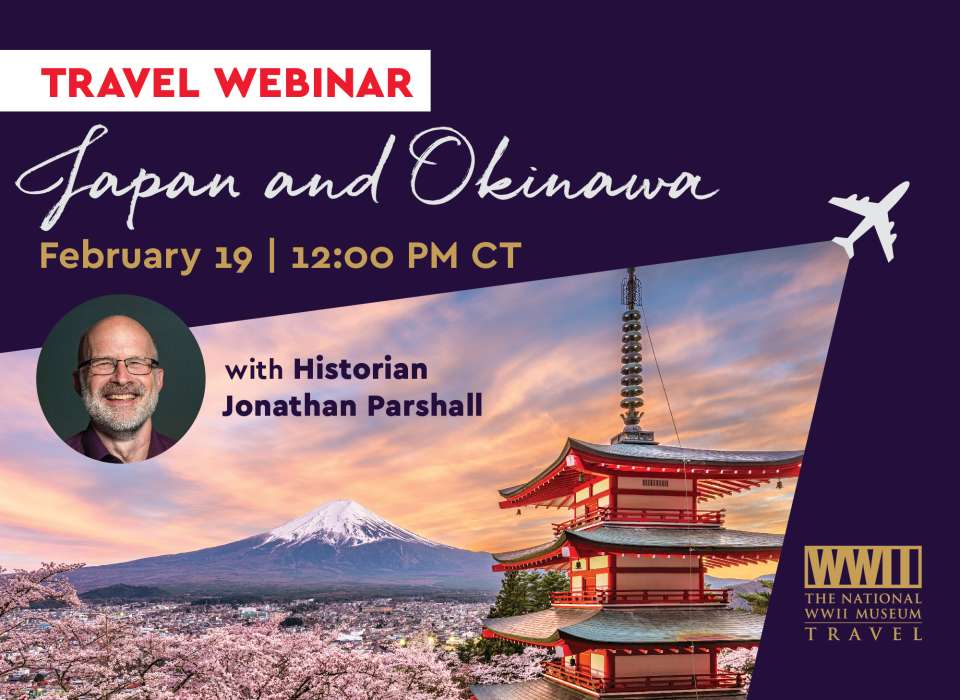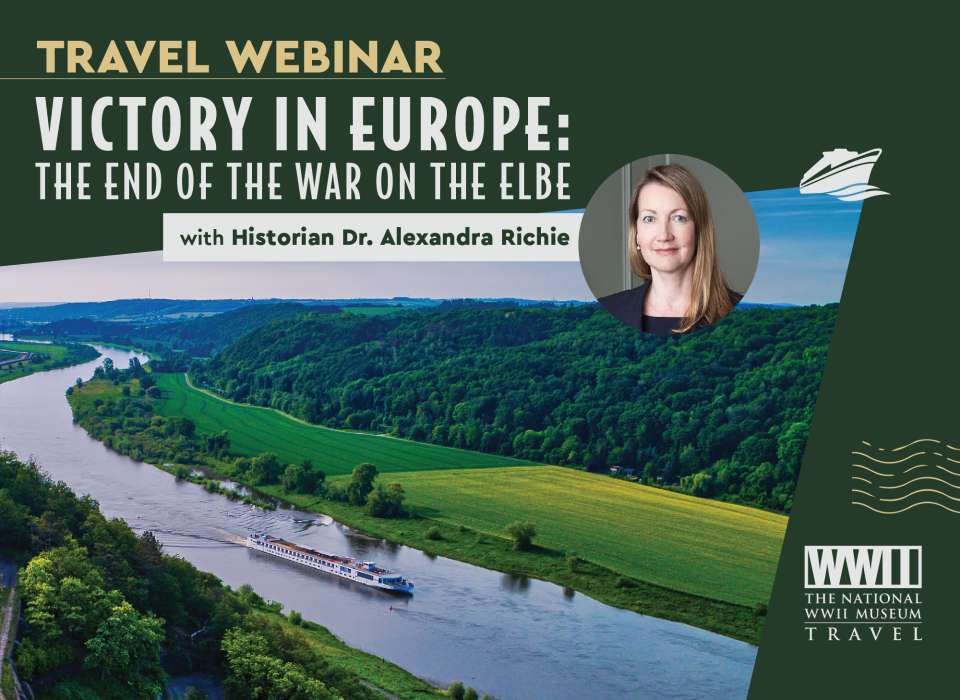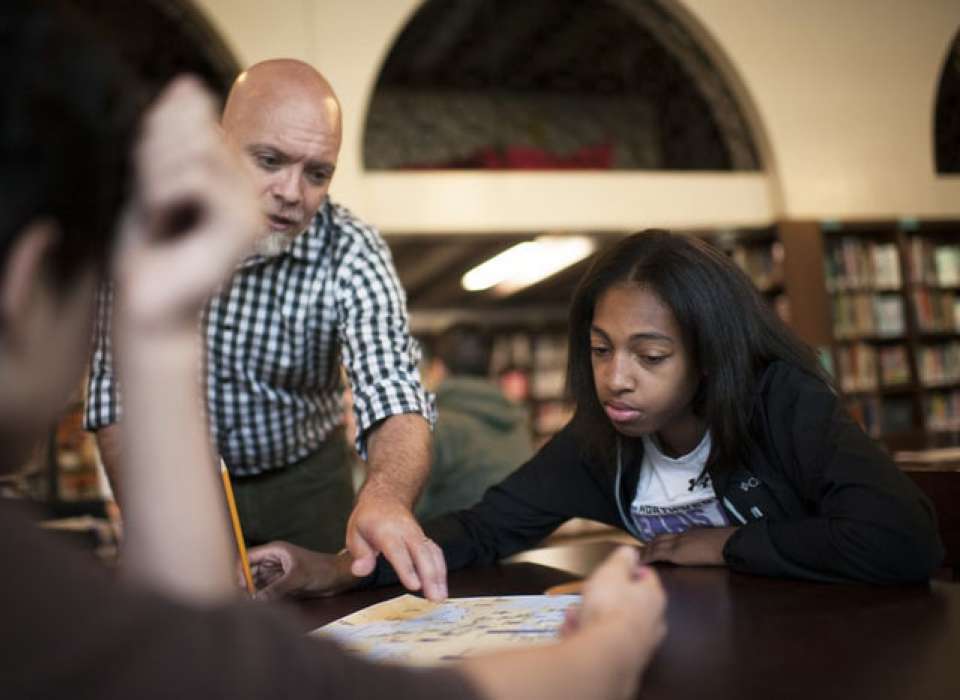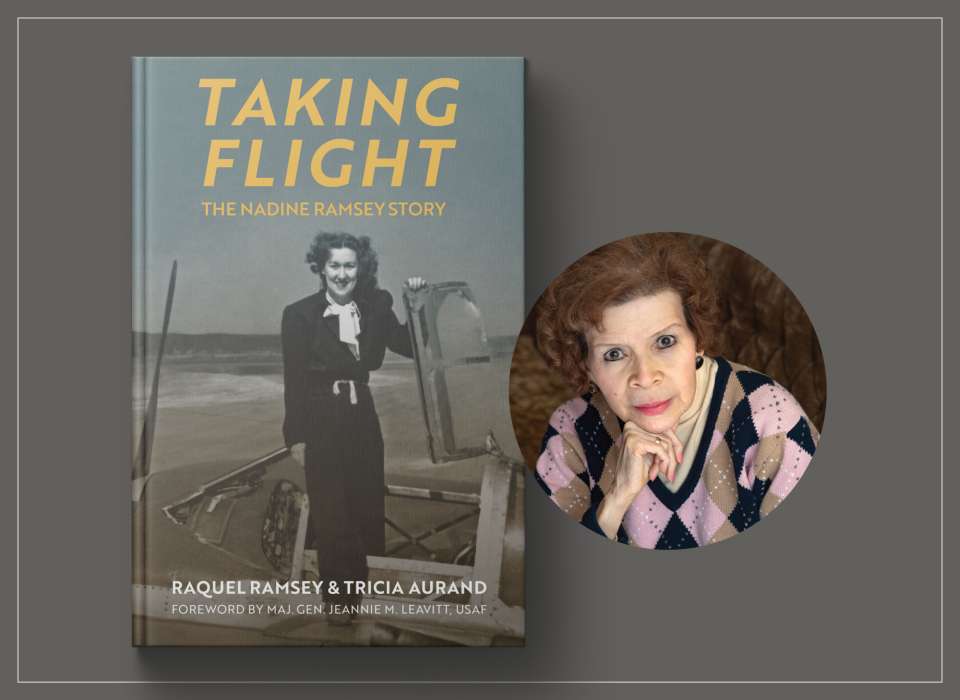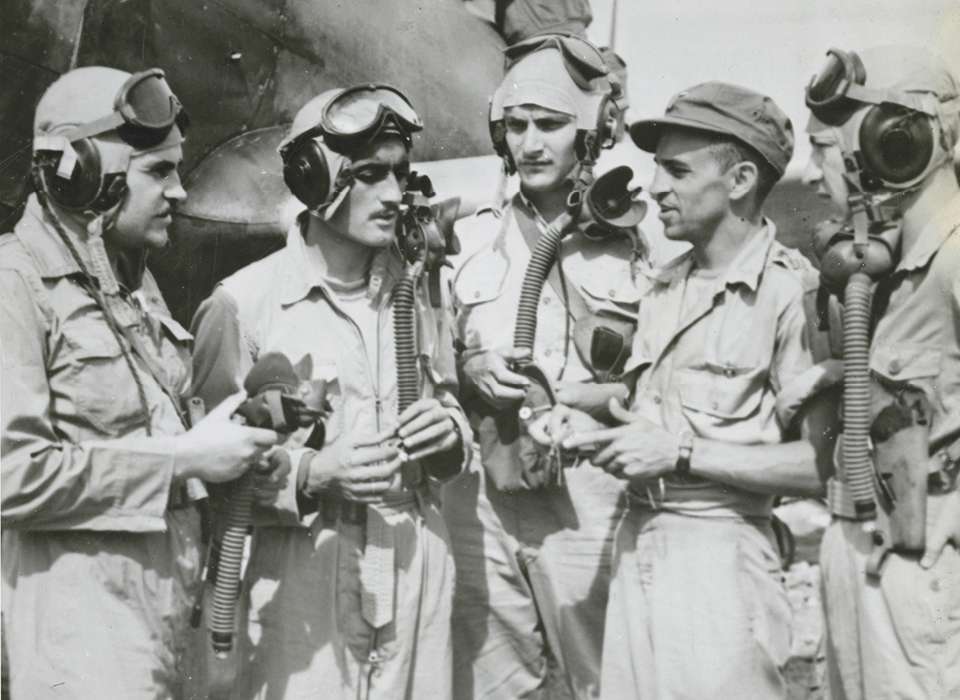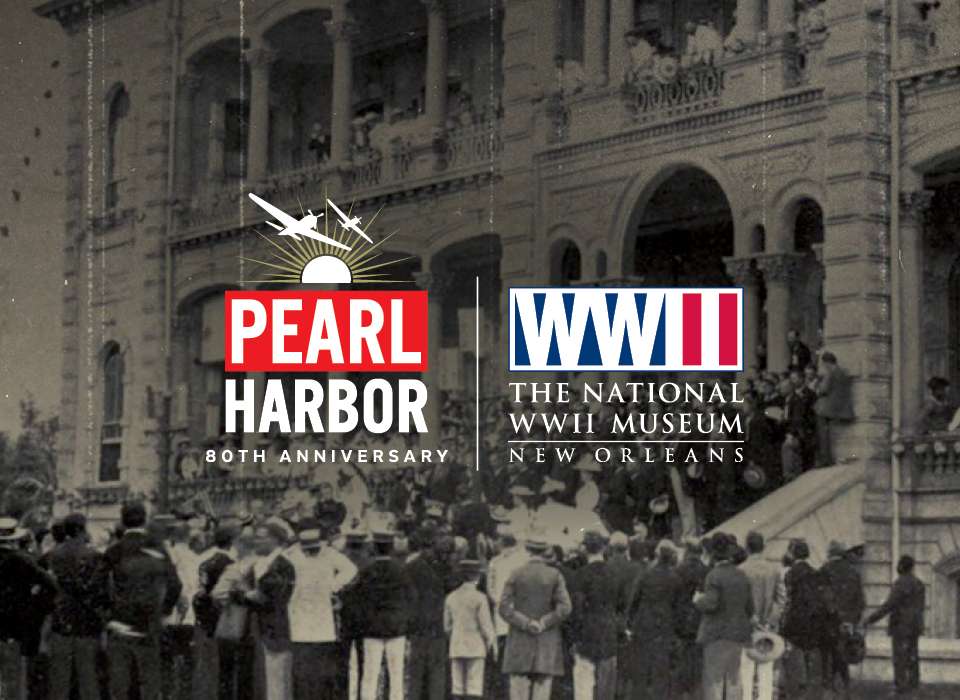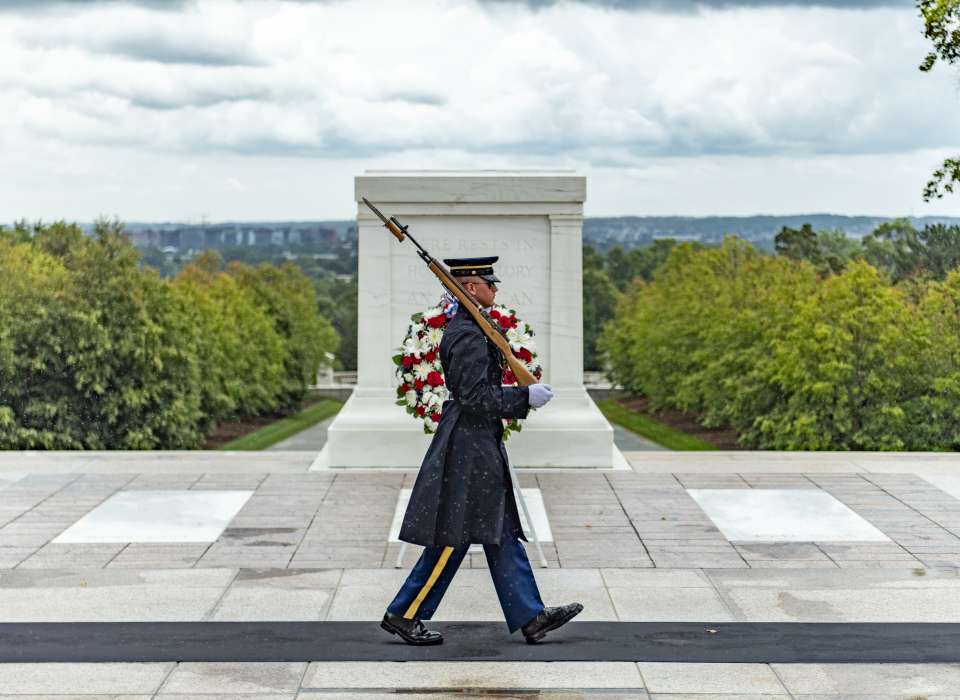A Conversation with Kierra Crago-Schneider, PhD, of the US Holocaust Memorial Museum and Jason Dawsey, PhD, of The National WWII Museum
Tune in for an enlightening conversation about the trials and tribulations that tens of millions of Europeans faced in the years following Victory in Europe in 1945.
Though “Liberation” was a long-awaited conclusion for those languishing in the German concentration camps in Europe, it did not give the former captives a true sense of freedom. These “UN Displaced Persons,” or DPs, went from concentration camps to DP camps, sometimes within the same center, and were at the mercy of the victorious Allied powers for their survival. The authorities, the United Nations Relief and Rehabilitation Administration, and the DPs initially saw resettlement in their former home countries as a viable option. However, there were a small minority who could not return home because of violent and sometimes murderous antisemitism or fear of the Communist response to their wartime activities / involvement.
In addition to those who were liberated in Spring 1945, an estimated 200,000 Holocaust survivors who had lived out the war in the furthest reaches of the Soviet Union entered the DP system from July 1946 through 1947. This influx changed the demographics within the camps and tested the relationship between American occupation forces and DPs during a transitional period when the American and British Military Governments worked to transform Germany from enemy to ally. This alliance contributed to hostilities toward DPs from the US government.
This program's discussion will touch on many subjects pertaining to the difficulties faced by the occupation forces and the DPs themselves.
Kierra Crago-Schneider, PhD, is the Campus Outreach Program Officer at the US Holocaust Memorial Museum. She joined the Mandel Center in 2015 as a program officer working with students and faculty members throughout North America. She became the Campus Outreach program officer in 2019. Her current position cultivates interdisciplinary approaches to the Holocaust that are relevant to unique geographical regions in the United States and Canada. Active engagement and exploration, focusing on the range of racial persecution in North America and Europe during the 1920s, 1930s, and 1940s, advances Holocaust studies and other related fields. Dr. Crago-Schneider works with college and university communities to develop and facilitate rigorous, nuanced conversations around important historical questions, ensuring that Holocaust studies remains at the center of campus and curricular discussions.
Jason Dawsey, PhD, is the Research Historian at The National WWII Museum’s Institute for the Study of War and Democracy.
The US Holocaust Memorial Museum’s Jack, Joseph and Morton Mandel Center’s mission is to ensure the long-term growth and vitality of Holocaust Studies. To do that, it is essential to provide opportunities for new scholarship. The vitality and the integrity of Holocaust Studies requires openness, independence, and free inquiry so that new ideas are generated and tested through peer review and public debate. The opinions of scholars expressed before, during the course of, or after their activities with the Mandel Center do not represent and are not endorsed by the Mandel Center or the Museum.
